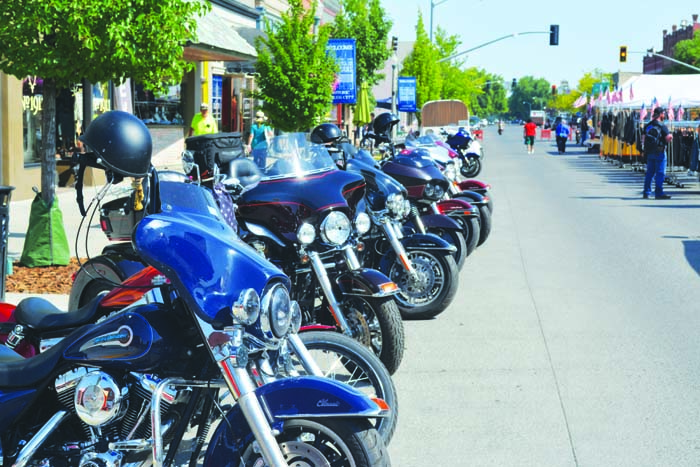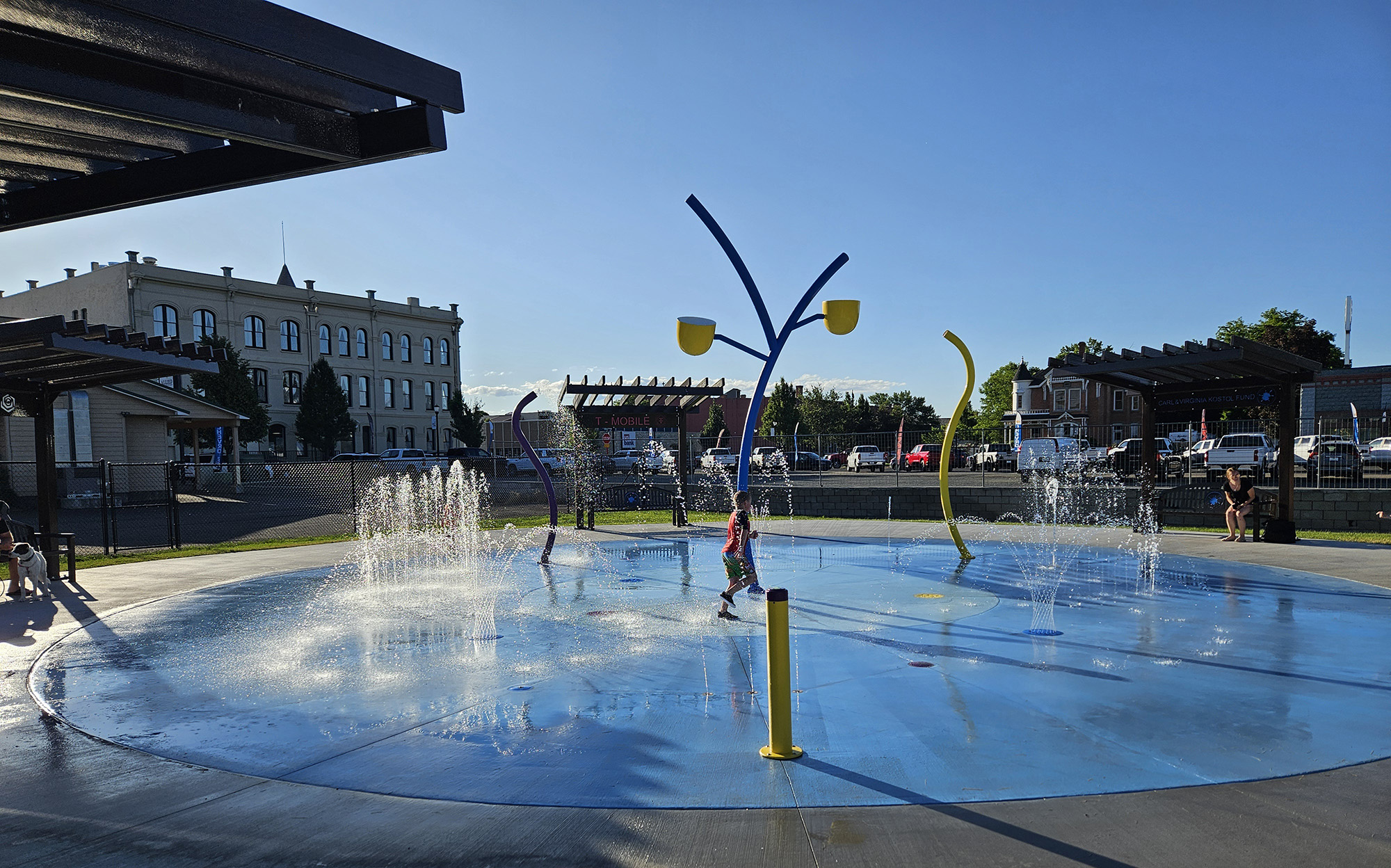COLUMN: Digging into Baker City’s heated climate history
Published 2:00 pm Friday, May 6, 2022
Anyone who endured Oregon’s record-breaking heatwave in late June 2021 probably wouldn’t be shocked that the year was one of the hotter ones on record.
Although we in Baker County, in a somewhat rare reversal of typical temperature trends, didn’t swelter nearly so terribly as residents west of the Cascades did.
Salem reached 117 degrees on June 28, beating its previous all-time record by nine degrees.
Portland topped out at 116 degrees that day, also nine degrees hotter than its former record.
Both the temperatures — more typical of Death Valley than of the temperate inland Pacific Northwest — and those nine-degree margins are stunning.
Of course records, as the saying goes, are made to be broken. And quite often during any year at least one day will bring a record high or low. This is hardly surprising, what with 730 chances to set a new standard.
But typically the new record bests the old by at most four or five degrees, and not rarely by only one.
Baker City, meanwhile, could muster no more than 103 degrees, on June 29.
That was downright modest compared with what happened not only in Western Oregon but also in the Columbia Basin of Oregon, where Pendleton got to 117, and Hermiston to 118.
That 103-degree high was, however, the hottest temperature ever recorded during June at the Baker City Airport, where records date to 1943.
Based on temperatures collected across the state, 2021 was Oregon’s fifth-warmest (records dating to 1895, although obviously not including every measuring station around today, including the Baker City Airport).
The statewide average temperature for the year — a calculation that includes each day’s high and low temperatures at all recording sites — was 49.2 degrees. That’s 2.5 degrees warmer than average.
Temperature trends also clearly illustrate the effects of a warming climate.
Of Oregon’s 12 hottest years since 1895, eight have happened since 2000, and six since 2010.
“What’s most concerning is that this was a La Nina year, when we’d traditionally expect colder or at least historically normal temperatures,” Oregon state climatologist Larry O’Neill told the Salem Statesman-Journal, referring to 2021. “Instead, we got extreme heat in the summer. We did have somewhat cooler weather in the winter, which is why this year didn’t end up as the hottest.”
Statewide statistics are interesting, to be sure.
So are national and, indeed, global temperature records, the latter frequently cited in stories about climate change.
But weather and climate, like politics, are also local phenomena.
And being a provincial sort I like to nose around in Baker City’s numbers occasionally and see how they compare with Oregon as a whole.
It happens that our numbers bear some similarities with Oregon’s.
But they also show what strike me as interesting differences.
The concentration of hotter years, for instance, is not so acute in Baker City as in Oregon.
Unlike the state as a whole, with eight of the 12 hottest years coming in the past two decades, Baker City’s noteworthy heat is somewhat more evenly distributed over time.
Of the dozen hottest years at the Baker City Airport, four have happened since 2000 — half as many as the Oregon total in that category.
Six of the hottest years at the airport happened before 1992. And most of those are quite a bit older, including the fourth-hottest year (1973, average temperature of 47.68 degrees), sixth-hottest (1981, 47.56), seventh-hottest (1986, 47.51), eighth-hottest (1958, 47.3), and 10th-hottest (1967, 47.15).
Yet Baker City’s heat hall of fame, like Oregon’s, also is well represented among years of recent vintage.
Of the four most recent years, three rank among the 12 hottest, including both the hottest year on record — 2020, 48.27 degrees — and the runner up — 2018, 47.99.
Gauging climate change naturally requires more than the snapshot of a year or two — climate, after all, is a long-term concept quite different from weather.
(This is why anyone who makes claims of any sort about climate change based on a single year or season or, at the extreme end of the ludicrous scale, a single day, is engaging in propaganda, not thoughtful discussion.)
Looking at longer term trends shows that Baker City’s average temperature has warmed by about a degree over the past half century or so.
For the first 25 years of record-keeping at the airport, 1944-68 (1943 records aren’t complete), the average temperature was 44.93 degrees.
Over the next quarter century — 1969-93 — the average temperature rose almost 1 degree, to 45.80.
Since then, a period of 28 years, the average temperature has continued to rise, albeit at a negligible pace. The average temperature from 1994-2021 was 45.83 degrees.
Another way to track long-term temperatures is to look not at the annual average temperature — which takes into account the apex of July heatwaves as well as the depths of January arctic outbreaks — but to focus specifically on average high temperatures. This, of course, is what we usually mean when we talk about heat — are daytime temperatures, by and large, getting higher?
In Baker City the answer is yes.
A useful dividing line here is an average annual high temperature of 60 degrees (the average high is derived by adding the high temperature for each day of the year and dividing by 365).
The average annual high has exceeded 60 degrees on 37 of the 77 years since 1944 at the Baker City Airport. Of those 37 years, 19 have happened in the past 30 years, while just 12 of the previous 46 years surpassed that threshold.
To put it another way, since 1991 it’s been more than twice as likely to have a “warm” year around here — based on that 60-degree line — than it was in the preceding nearly half a century.
Which doesn’t, sadly, keep your hands warm when you’re out in the latest May snowstorm.
Jayson Jacoby is editor of the Baker City Herald.







